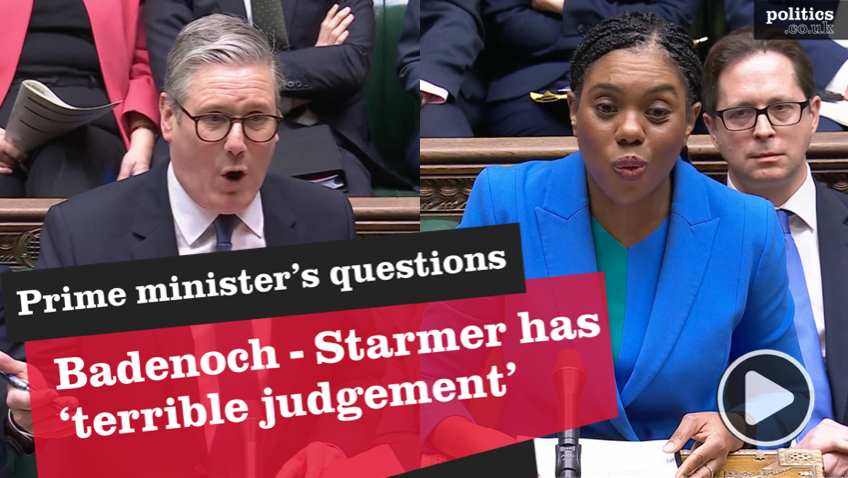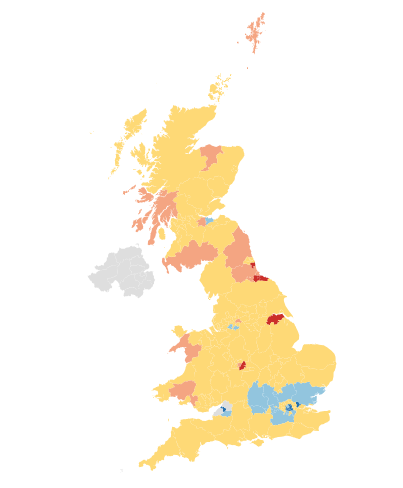We must do more to help first-time buyers
Minister of state for housing Yvette Cooper warns the country cannot ignore the need to build more houses, arguing it is unfair that first-time buyers can increasingly only get on the housing ladder with the help of wealthy parents.
Last week the prime minister laid the foundations for the biggest housebuilding programme for decades. He set out his plans for 3 million more affordable, green homes by 2020, for families across England.
There’s no doubt we need these homes. We have an ageing, growing population, with more people living alone. An average 223,000 new households a year will be formed over the next 20 years.
The level of new housebuilding is already at its highest since 1990, and there are 1.5m more homes than in 1997. However, the long-term rate of housebuilding hasn’t kept up with rising demand. This country hasn’t been building enough homes for a generation.


And this has, inevitably, had its impact on house prices. Prices have nearly trebled in the last 20 years. Recent research has shown if we don’t build more houses, in twenty years’ time the average house price will be ten times the average annual earnings. Already half of all young first-time buyers turn to the ‘Bank of Mum and Dad’ to raise their deposit.
It’s not fair that people’s chances of getting on the property ladder should depend on whether or not their families can give them a helping hand. We need to do more to help young families get a home of their own and that first step onto the ladder.
So this is why we’re raising the target for housebuilding from 200,000 more homes a year to 240,000 by 2016.
That means more market housing, more shared ownership housing and more social housing too. We’ve had a 50 per cent increase in new social housing over the last 3 years but we need to go further, with local councils playing a stronger role to tackle overcrowding and help people on council waiting lists. And it’s important we see more family homes with gardens, parks and play areas for children.
The chancellor will be consulting on ways to make 20-25 year fixed loans, such as those seen in the US and Germany, a real option for homebuyers.
New homes must be greener too. Environmental protection is central to our plans for more housing – all new homes will be zero carbon by 2016. A few weeks ago, I visited the first new home to receive ‘official’ zero carbon status and so I’ve seen how energy efficiency can go hand in hand with good design and affordability.
New eco-towns and villages will lead the way for greener, more affordable housing. And, contrary to press speculation, we are not making any changes to the planning rules which protect the Greenbelt. We will make use of disused public land such as old NHS or MoD sites, or sites owned by councils. The prime minister announced that disused land owned by central government could house up to 100,000 new homes, and 60,000 more could be build on council land.
New infrastructure will ensure we are not just building new housing, but creating new communities, with the hospitals, schools and roads they need.
But of course, it’s not for the government to decide exactly where each new house will be built. Local councils and local communities need to decide the best locations and environments for the new homes their areas need.
But what none of us can afford to do is bury our heads in the sand and ignore the problem. Some people (and some political parties) are still campaigning in their local areas to cut new housing. But they are letting down first-time buyers and young families who need these homes. We need to act now to deliver affordable, sustainable homes for generations to come.












